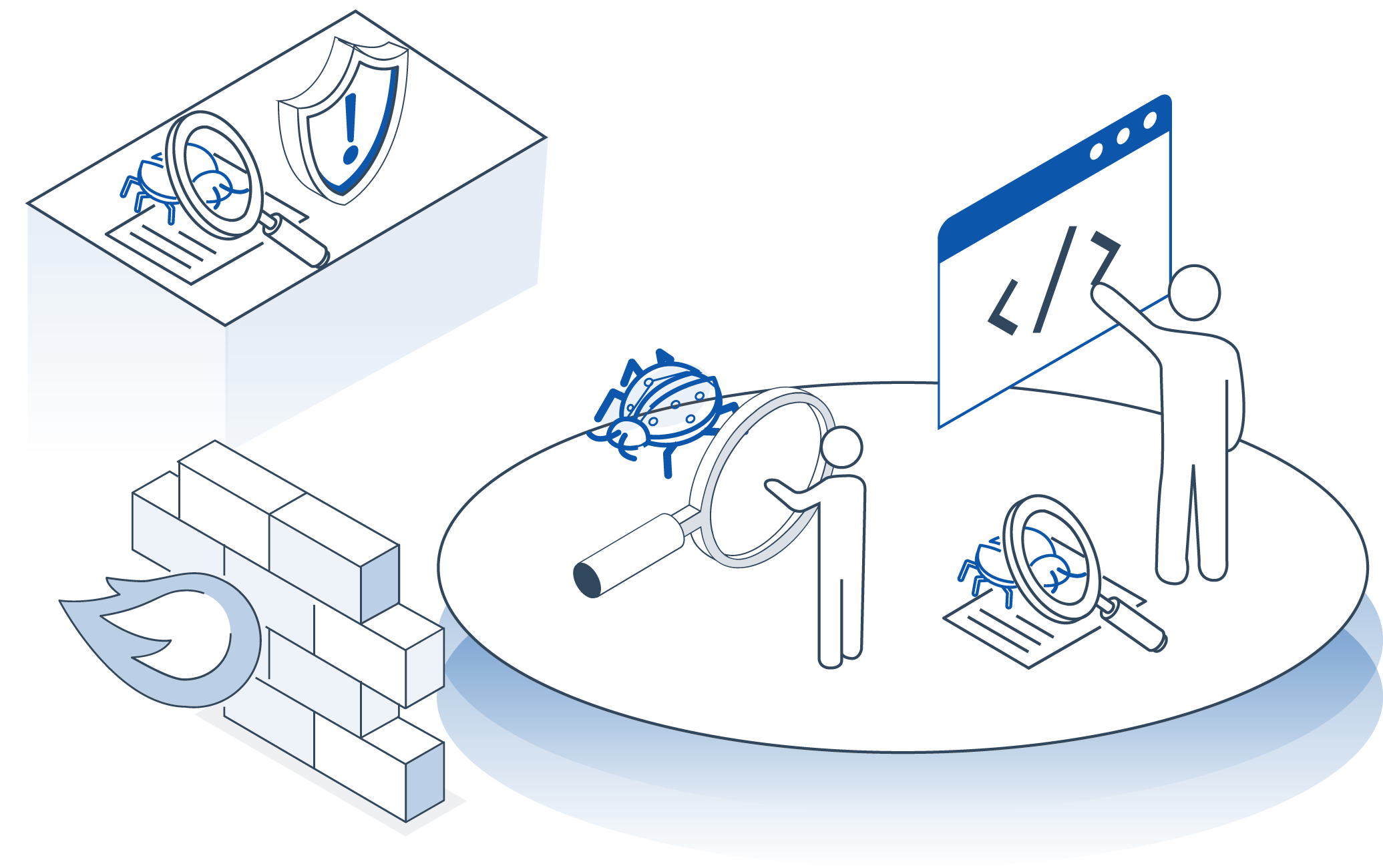Protect your business, quantify cyber risks with powerful tools!
ExploreWith our Cyber Security Consultant
Mindfire provides cyber risk quantification tools and services, In today's business landscape, the ever-expanding cyber threats pose significant challenges. From ransomware to new malware variants, DDoS attacks, APTs, and zero-day exploits, the number of risks is overwhelming. Prioritizing cybersecurity efforts becomes crucial, especially when multiple risks have the same severity rating. Mindfire's Cyber Risk Quantification addresses this limitation by enabling businesses to prioritize risks based on their financial impacts and likelihood of occurrence.
Instead of solely relying on severity ratings, Mindfire's approach focuses on the potential financial losses associated with each risk. Imagine being informed that your company faces a 70% chance of a cyber risk that could result in 2 million GBP in losses. With Mindfire's cyber risk quantification, you gain calculated insights into the financial impact of such risks, allowing you to make informed and timely decisions to protect your business's growth, reputation, functionality, and revenue. Stay afloat and thrive with Mindfire's powerful tool.
Cyber Risk Quantification (CRQ) involves assessing the financial impact and likelihood of cyber risks. It translates cybersecurity risks into monetary terms, complementing cyber risk management (CRM). By quantifying risk events, CRQ helps executives and decision-makers understand the financial implications. This alignment of security strategy with business goals empowers organizations to prioritize and address risks effectively, fostering a dialogue on cybersecurity at the executive level. CRQ also generates a risk-based priority list for IT specialists to address vulnerabilities promptly.

Mindfire's CRQ solution automates cyber risk calculations by integrating cybersecurity data into a comprehensive model. Our unified approach combines data from CTI systems, cyber risk quantification tools, penetration test reports, and more. This enables analysis and conversion of risks into monetary units and likelihood percentages.
Using the FAIR model, Mindfire employs a five-pronged risk calculation approach to determine the monetary value of risks. This approach considers factors such as vulnerability severity, threat level, security controls, asset security, and business criticality. By incorporating cost factors like notification, escalation, detection, post-attack response, and lost business costs, we accurately assess the impact of the risk.

Therefore, Mindfire’s CRQ method represents cyber risks as a mathematical formula in which: Risk = Likelihood x Impact
Via advanced machine learning and automation, Mindfire can quantify the likelihood of cyber risk exploitation and the financial impact it can create. Once calculated, Mindfire presents this cyber risk factor as cohesive dashboards or graphs, which automatically update with changes to the company’s cybersecurity posture.
Enhance your cyber risk management with Mindfire's solution. Prioritize risk remediation based on impact, gain insights for stakeholders, and make informed cybersecurity decisions. Benefit your enterprise's credibility, reputation, finances, and continuity. Discover the power of cyber risk quantification companies.
The increasing complexity of cyber attacks
Enhance your cybersecurity defenses with Mindfire's cyber risk quantification methodology. Stay ahead in the battle against aggressive and complex cyber threats. By 2023, CISCO predicts 15.4 million businesses will be impacted by DDoS attacks. Upgrade your risk assessment, measurement, and response capabilities with our cyber risk quantification tools today.
Extensive attack layers
With the proliferation of AI, IoT, cloud computing, and other technologies, businesses face an expanding attack surface area and inherent risks. The increased entry points for threat actors make it crucial to employ cyber risk quantification software like Mindfire's. Prioritize and manage risks effectively based on their detriments and likelihood with our advanced cyber risk management solution.
Inadequate past techniques
Traditional CRM tools relied on qualitative risk communication, failing to effectively convey the impact of risks to stakeholders and executives. By employing risk quantification methods, such as percentages and monetary assessment, our cybersecurity risk management solutions provide a clearer perspective on risk severity. This minimizes uncertainty, demystifies cybersecurity, and enables informed decision-making. Allocate resources and budget wisely with our quantitative approach to cyber risk management solutions.
Discover Mindfire's automated cyber risk quantification tools for fair cyber risk quantification. Gauge the effectiveness of your risk aversion and control strategies. Unveil the true extent of risk reduction achieved. Redirect the board's focus with valuable feedback for improved strategies or maintain your current approach.
Mindfire’s cyber risk quantification solution helps organizations strengthen their cyber resilience, maturity and security posture. It guarantees more targeted and cost-efficient responses to cyber risks. It helps them transform their risk mitigation efforts from reactive to proactive, thus enhancing productivity across all aspects of the company.
Are you ready to take control of your organization's cybersecurity? At Mindfire, we offer cutting-edge cyber risk quantification tools and services to clients in UAE, Saudi Arabia, Qatar, Kuwait, and Oman. Our expertise in cyber risk quantification empowers businesses to accurately assess and understand their digital vulnerabilities. With our advanced tools, we help you measure and quantify the potential risks your organization faces, enabling you to make informed decisions and prioritize your cybersecurity efforts. Trust Mindfire to provide you with the comprehensive cyber risk quantification services you need to protect your business in today's ever-evolving digital landscape.
Transform your cyber security strategy and make it your competitive advantage. Drive cost efficiency and seamlessly build a roadmap. Let’s do it right the first time!
If you are looking for reliable and efficient solutions to enhance your business operations, Mindfire is the perfect partner for you. Contact us today to learn more about our services and how we can help you achieve your goals. Whether you need Cyber Security Services, Managed Security Services (MSS), Consulting Services, Cyber Risk Management Services, Cloud Services, Digital Services, or Digital Transformation, our team of experts is here to assist you every step of the way. Don't hesitate to get in touch with us and take your business to the next level with Mindfire.
